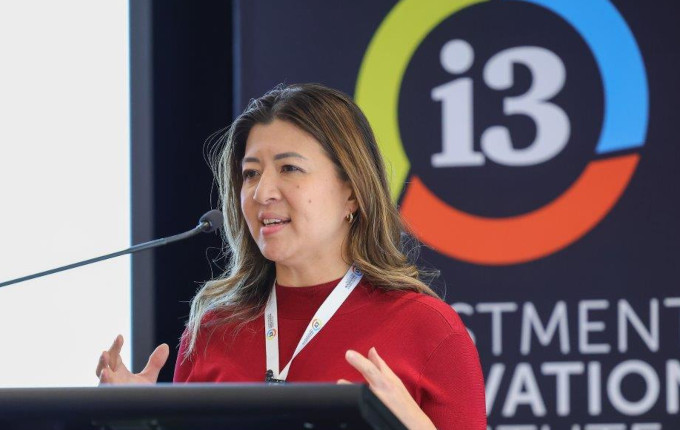While allocations to equities and bonds can vary over time, as market conditions change and risk increases or decreases, mid-risk assets are intended to be the steady, ‘ballast in the boat’ for AustralianSuper. We speak to Jessica Melville about the evolution of this asset class
Register to Access this Exclusive [i3] Insights Article
Create a free account to access exclusive interviews with asset owners, revealing insights on investment strategies, market trends, and portfolio allocations.
If you already have an account you can Login .
If you have any issues registering an account please send us an email at [email protected].


